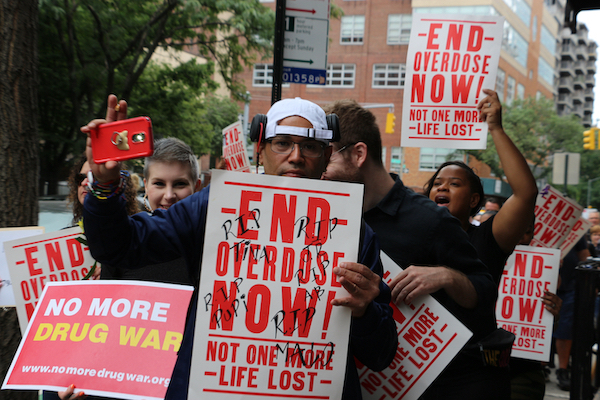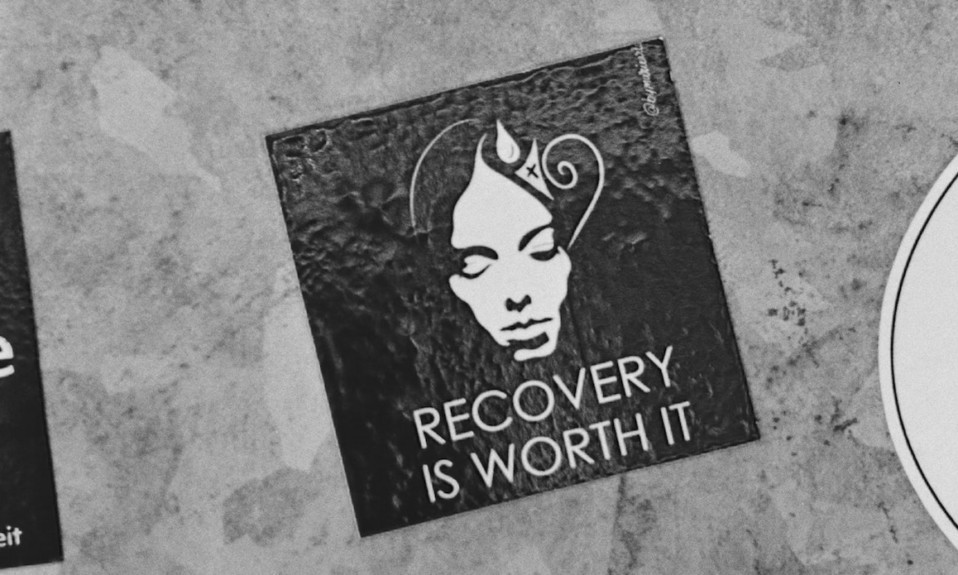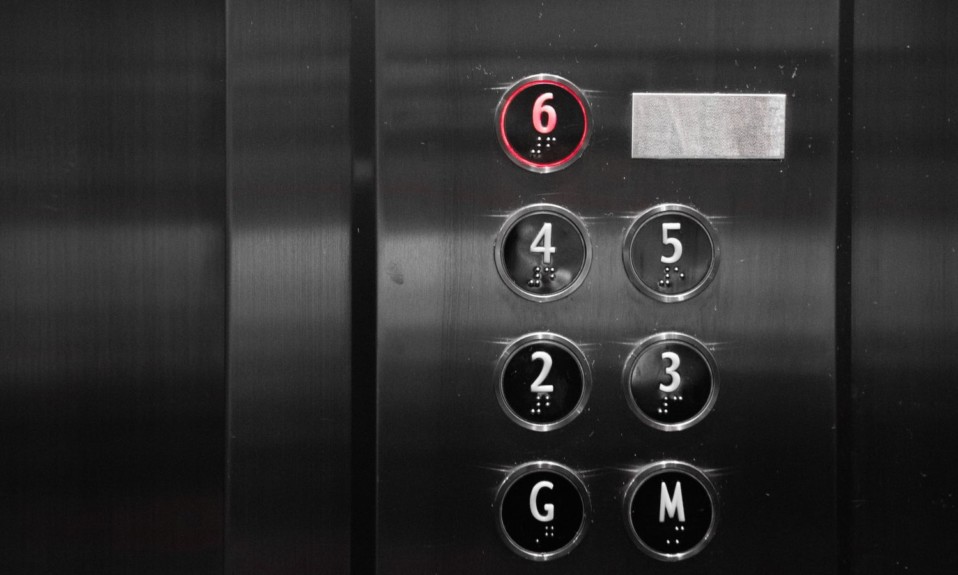The Centennial State again funds mobile transportation units offering MAT, guidance and resources to underserved rural areas
By Jason Langendorf
October 20, 2020When Robert Werthwein, Ph.D., traveled to Bethesda, Md., to attend a National Association of State Alcohol and Drug Abuse Directors (NASADAD) conference in May 2018, he didn’t yet know how his visit would help change the face of addiction treatment for rural Coloradans.
We’ve heard this for a while from individuals of rural Colorado, who have expressed a need for care and a different delivery than you would see from a typical brick-and-mortar in an urban setting.”—Robert Werthwein, Ph.D., director, Colorado’s Office of Behavioral Health
At the NASADAD meeting, Werthwein, director of Colorado’s Office of Behavioral Health, learned about a program in New York that was meeting people who were suffering from addiction—citizens in remote upstate areas—precisely where they were at: in their communities. The mobile unit program inspired Werthwein to spearhead a similar initiative in Colorado: It launched in September 2018 and was recently re-funded by a State Opioid Response grant with another $3.2 million for continuation and expansion.
“We have regions of the state that are vastly different from each other,” Werthwein says. “We have an urban area—a front range area, as we refer to it, which is suburban and cities, more urban in nature. We also have a large rural area and frontier area in the mountains of Colorado, where it’s more difficult for folks to access care. And we’ve heard this for a while from individuals of rural Colorado, who have expressed a need for care and a different delivery than you would see from a typical brick-and-mortar in an urban setting.”
The goal of the project was clear, if not exactly simple: provide access to addiction medication, therapy services and outreach education to areas in need.
Each mobile health unit, deployed from one of four different providers across the state, is staffed with a nurse, an addiction counselor and a peer navigator.”
It began with Werthwein’s office identifying the areas in Colorado with the highest overdose mortality rates and shortfalls of care, then visiting those counties to determine logistics and begin laying groundwork for the program. A year ago in September, several mobile health units—specially equipped RVs—began hitting the road for those underserved destinations four days a week.
Each mobile health unit, deployed from one of four different providers across the state, is staffed with a nurse, an addiction counselor and a peer navigator. Although their roles are flexible, the objective is to provide holistic, all-points care that delivers immediate medication-assisted treatment (usually naltrexone or buprenorphine) to patients who need it, while also offering real-time guidance (recommendations for housing and local food resources, for instance) and connecting them with aftercare, often telehealth-based. An initial screening is required, as well as a drug test upon each visit, which helps care providers determine the appropriate medication for a patient. The program also offers syringe disposal and flu shots.
Colorado’s mobile health units have collectively traveled more than 75,000 miles in a year, serving 451 unique patients. Plans for adding a seventh unit—an SUV, which will be more nimble in Colorado’s harsh winters and its dicier terrain—are in the works. But the numbers are only part of the program’s success. Those involved are quick to cite the individual stories.
Donna Goldstrom, clinical director at Front Range Clinic, one of the program’s providers, recalls a patient who engaged with a mobile health unit in the parking lot of a residential care facility in Pueblo. After receiving care for heroin use from the facility and medication-assisted treatment from the mobile unit, the patient was discharged. Goldstrom says opioid users are at their highest risk for relapse in these situations: removed from their in-patient treatment environment and facing crippling withdrawal symptoms. The mobile unit crew was soon scheduled to visit another area of the state, near this patient’s home, and was concerned about whether she would show for a follow-up visit.
“We set up an appointment for her and saw her in her home community, and we were all kinds of nervous,” Goldstrom says. “We were like, ‘Oh, we hope we see [her] today’—and sure enough, she came to the mobile unit. She did not have a car. She did not have a job. She did not have any kind of transportation. And she told us that she was so grateful that we were there because she would never have been able to get up to Pueblo to get her medicine, and she most likely would have relapsed to avoid going into withdrawal. So, we see that as a huge success and as potentially a lifesaver in avoiding that relapse for her.”
Photo: Robert Bye














